Every garden has its guests – both welcomed and unwelcome. The welcomed guests often are observed roaming around, enjoying the beauty of the flowers; while on the other hand, some unwelcome guests may be lurking in the background looking for their next snack! It’s time to discover what animals eat flowers in the garden and how to keep your beloved blooms safe from these hungry invaders.
Why Do Animals Eat Flowering Plants?
Animals are known for their voracious appetite for flowering plants, and it’s easy to understand why. Flowers provide animals with a variety of necessary nutrients, such as vitamins, minerals, proteins, carbohydrates and even fats. Additionally, flowers contain nectar and pollen that many species rely on as an important source of energy. In some cases, animals may eat flowers simply out of curiosity or for recreational purposes. The fact is that most animals can benefit from eating flowers in one way or another — it all depends on the species and the individual animal’s needs.
Knowing what types of animals tend to feast on your garden flowers is essential if you want to protect them from being eaten by wildlife. Unfortunately, there are many different animals who have a taste for flower petals — including birds, rodents, deer and even insects. In this article, we’ll be discussing the common culprits as well as what you can do to lessen their impact on your garden flowers. So let’s dive right in!
What Animals Eat Flowering Plants?
Many animals across the world rely on flowering plants for food.
In some cases, these animals even consume entire flowers in order to survive! Here’s a look at some of the most common garden visitors that feast on flower petals:- Bees: Bees collect pollen from flowers in order to make honey and feed their larvae. They can also drink flower nectar as an energy source.
- Butterflies: Butterflies sip nectar from flowers as a primary food source. Certain species of butterfly will only feed from particular types of flower so it pays to have a variety of flowering plants in the garden.
- Bats: Many species of bat are attracted to flowers for their sweet nectar and pollen. Some bats even use their large ears to detect fragrances in the air so they can find food more easily.
- Birds: Many birds feed on flower petals as well as nectar. They also love eating seeds produced by flowers, which provide them with important energy and nutrients.
- Hummingbirds: Hummingbirds have long bills that allow them to reach deep into a flower’s throat and drink its nectar. They are among the most common visitors to gardens because of their need for sugary sustenance!
Squirrels
Squirrels are common garden visitors, and they love to eat flowers! Their favorite flower snacks include dandelions, marigolds, daisies, and violets. If you have squirrels in your garden, it’s a good idea to plant these types of flowers in areas that are secure from their reach.
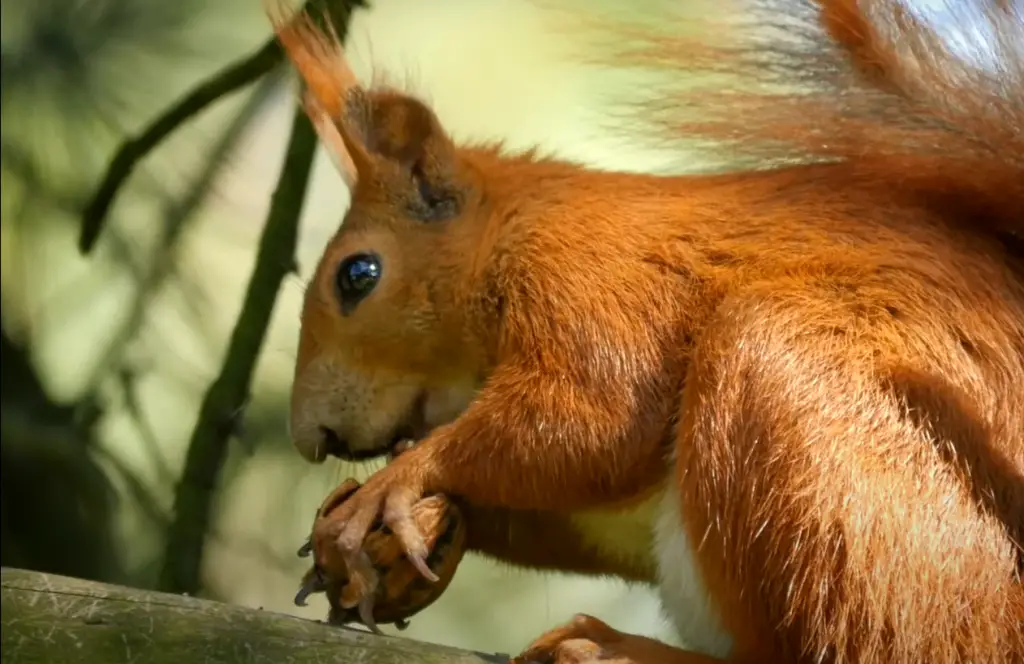
That way, you can enjoy the beauty of the flowers while still keeping them safe from pesky critters. Additionally, try planting species with thorns or prickly leaves as these will be less attractive to squirrels. Finally, if all else fails you can always put up a fence or use humane traps to discourage their visits altogether.
Deer
Deer are one of the most common animals in gardens throughout North America. They have an insatiable appetite for flowers, especially young buds and blossoms. If you’ve ever noticed that your garden is looking a little worse for wear after a visit from these hungry creatures, it’s probably because they were feasting on the petals! Deer will particularly enjoy roses, tulips, and daffodils; so if you want to keep them away from your prized blooms, be sure to plant deer-resistant varieties like marigolds or zinnias. You can also keep deer away with a tall fence or by spraying deer repellent around your plants.
Rabbits
Rabbits are another garden pest that can wreak havoc on your precious flowers. They’re especially fond of tulips, lilies, and dahlias, although they will happily eat any type of flower they can get their paws on! To keep rabbits away from your garden, try planting some of their natural predators like foxes or coyotes – just be sure to give them plenty of space to roam. You can also use a tall fence or sprinkle some cayenne pepper around the edges to deter these critters.
Raccoons
Raccoons are one of the most notorious animals for eating flowers in gardens. They are omnivorous, so they’ll feast on whatever food source is available – and that includes your garden blooms. The best way to keep raccoons away from your flowers is to make sure you take away their food sources. Raccoons love pet food, birdseed, and other treats left out for wildlife, so be sure to store these items in a safe place where raccoons can’t access them. Additionally, securing trash cans with locking lids will help deter the critters from coming into your yard. You can also use motion-activated lights or noise alerts as additional deterrents. Avoid using chemical pest control methods to keep raccoons away, as they can be harmful to other animals in your garden.
Opossums
Opossums are known for their omnivorous diet, which often includes flowers. They tend to favor certain types of flowers, such as roses and daisies.
Opossums like to eat petals and nectar most of all, so if you see any missing petals or evidence of puncture wounds in the center of your blooms, there’s a possibility that an opossum was the culprit. To keep opossums away from your garden flowers, make sure to fence off the area or install motion-activated lights and sprinklers. You can also use natural repellents such as peppermint oil, garlic, or ammonia to deter them. Finally, keep pet food and garbage away from your garden as these can attract the attention of opossums looking for an easy meal.Turtles
Turtles are one of the most common animals seen in gardens, and they can also be among those that eat flowers. Turtles typically enjoy eating a variety of vegetation, including both flowers and leaves. Depending on the species you have in your garden or nearby, they may prefer certain types of blooms over others. For instance, box turtles often love to munch on petunias while red-eared sliders will opt for some wildflowers instead. Be sure to check out what type of turtle is living near you so you can best prepare for their flowery feasts!
Lizards
Lizards are another group of animals that can eat flowers in the garden. Depending on the species, lizards will typically prefer to dine on petals and nectar from a variety of blooms, including roses, lilies, daisies, wildflowers, and more. Lizards tend to be attracted to bright colors and floral scents in order to find their food source. If you have any large lizards living near your garden or home, you should consider planting flowering plants that are safe for them to consume. Additionally, it can also help to place some rocks near your flower bed in order for the lizards to hide out under while they snack away!
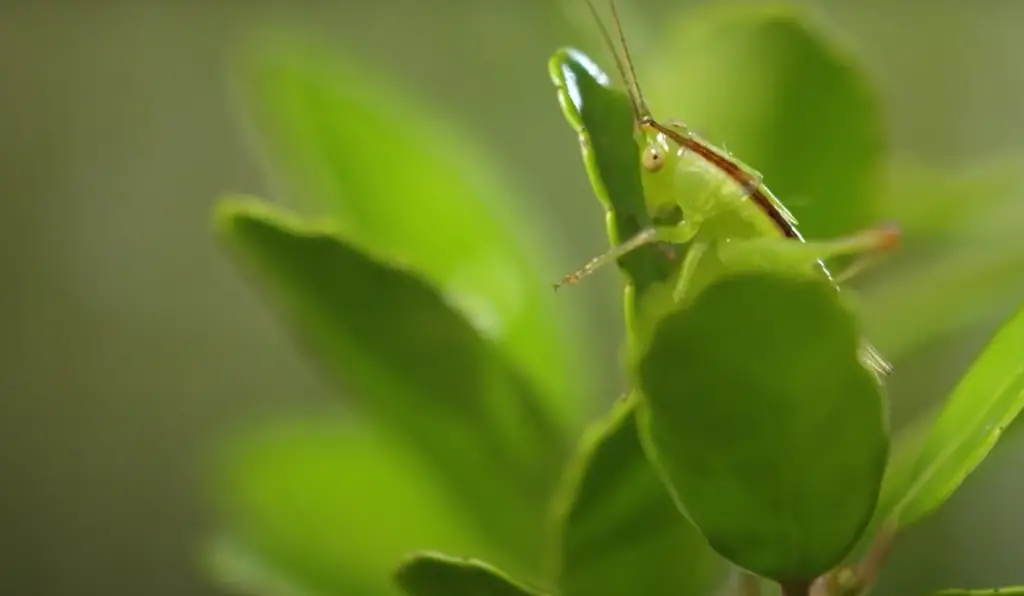
As with any animal visiting your garden or property, make sure to watch out for signs of aggression or increased activity, as these could be indications that the lizards may want to move in. Finally, you can also provide other food sources such as mealworms or crickets in order to supplement their diet. This will help ensure they are getting enough nutrients from different sources instead of just eating flowers! With a bit of effort and careful observation, your garden should easily become a safe haven for any lizards (and other animals) visiting your home.
Moose
Moose are herbivores who feed on aquatic vegetation, bark, twigs, buds and grasses. They often have a fondness for flowers in the garden as well. They’ll likely nibble on any flower varieties that aren’t too heavily scented or heavily fortified with pesticides. To deter moose from wandering into your garden and eating your flowers, it’s best to create a fence around your garden that’s between five and eight feet tall. Be sure to also check with local laws to ensure you’re abiding by all regulations regarding moose fencing. If you do encounter a moose in the wild, always remember to keep plenty of distance between yourself and them! Moose can be dangerous when they feel threatened.
Bats
Bats love to eat flowers! They are particularly fond of night-scented flowers, as they can better detect their aroma in the dark. Bats will also feed on nectar from other flowering plants. If you have bat boxes or roosting sites in your garden, you’re likely to see them visiting your blooms during evening hours. Your nearby bats may even help pollinate the flowering plants in your garden! To attract more bats, plant a variety of brightly colored flowers that bloom at different times of day or night. This will provide a consistent food source for our fuzzy friends throughout the season.[1]
Other Creatures that will Eat Your Flowering Plants
Apart from the more common animals, you should also be aware that other creatures may feed on your flowers. These include snails and slugs who love to snack on the flower petals and leaves of many plants. Additionally, some caterpillars can cause serious damage to flower buds, eating away at the plant until there’s nothing left but stems. To prevent this kind of destruction you’ll need to set up barriers or employ natural predators such as birds and frogs.
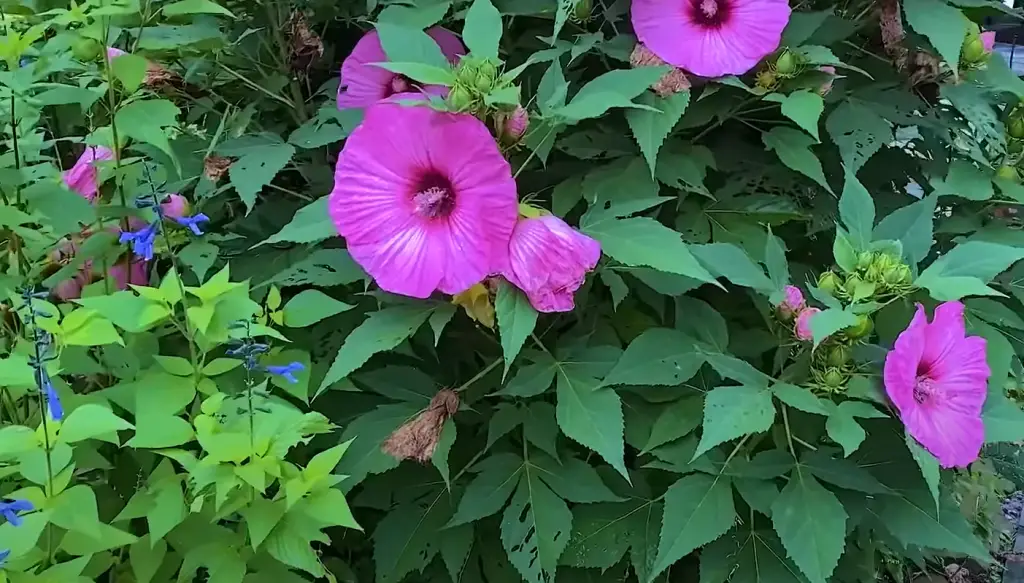
In addition to these pests, fungi can also wreak havoc in gardens by destroying flowers and other plants. Fungal diseases like powdery mildew can quickly spread through a garden if not treated, so it’s important to monitor for signs of infection regularly.
Snails and Slugs (gastropods)
Snails and slugs are quite possibly the most notorious pests in the garden. They don’t just eat flowers, but they can also nibble on your vegetables, fruits, or any other type of plant you have around. Slugs and snails feed mostly at night when it is dark and damp outside. They usually feed on foliage, but they will certainly munch on those beautiful petals if given the chance! The best way to get rid of these critters is to sprinkle diatomaceous earth around your plants or use beer traps as bait. Both methods are effective ways to keep them out of your garden.
Birds
Birds love to chow down on flowers in the garden. They love the nectar and pollen that is found inside of them. Some of the more common birds you might find in your garden are hummingbirds, goldfinches, and orioles. Hummingbirds will hover around flowers while they drink their food, while goldfinches prefer sticking to a single blossom until it has been completely emptied of its resources. Orioles may also be attracted to your garden if you provide plenty of bright-colored flowers such as zinnias or cosmos. To keep these feathered friends coming back for more, make sure to plant a variety of different types of flowers that offer up something different each season! You can also use bird feeders filled with seeds and nuts to attract them.
Insects
Insects are some of the most common animals that eat flowers in gardens. Bees and butterflies are well-known flower feeders, but other insects such as beetles, aphids, and caterpillars also enjoy a good flower snack. Insects may pollinate the flowers while they’re eating them, which is an incredibly important process for plant life to survive. Some insects even help keep pests away from garden plants by eating them before they can do damage.
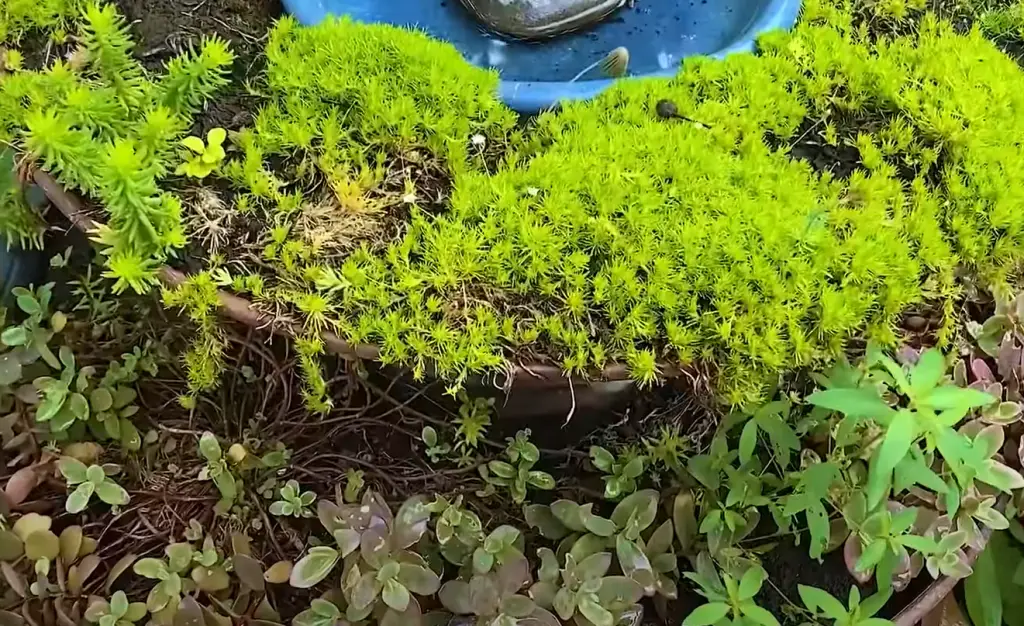
If you’re worried about your beloved blooms being eaten by bugs, there are some things you can do to protect them. Use row covers or netting over delicate plants and flowers to discourage insect visits. You can also use natural methods such as planting herbs nearby to deter insects or spraying a mixture of water and neem oil on garden plants. Finally, handpicking any unwanted pests off the plants can also be effective. [2]
With some simple precautions, you can still enjoy your beautiful blooms without having to worry about them being eaten by insects.
FAQ
What is eating the flowers in my garden?
Many animals eat flowers in the garden. Some of the most common culprits are deer, rabbits, squirrels, rodents, and birds. You may also find caterpillars or other insects munching away at your blooms. All of these animals have different dietary needs and preferences and will happily munch your plants if they’re available.
What animal eats the top of flowers?
One animal that commonly eats the top of flowers is the deer. Deer are known to browse flowers, especially when food sources in other parts of their habitat are scarce. Deer will also eat flower buds and leaves from any plants they come across. In addition to eating the tops of flowers, deer can cause a lot of damage to gardens by trampling through them and uprooting plants.
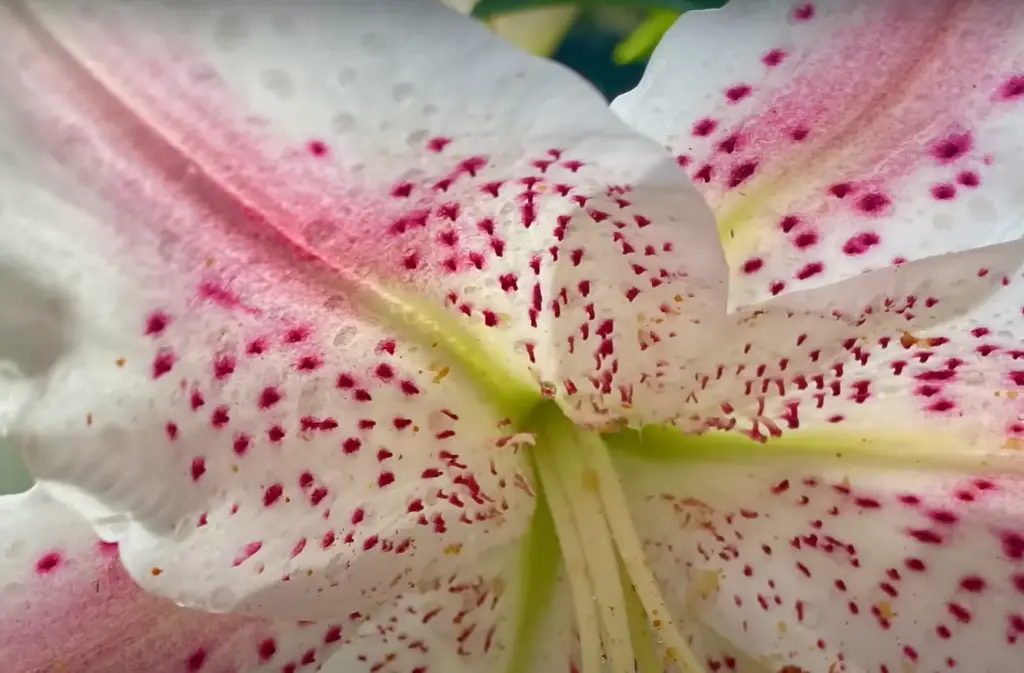
Another animal that may feed on flower heads is a rabbit or hare. Rabbits prefer to feed on young, tender shoots and leaves but they may nibble on the blossoms of some varieties as well. While rabbits usually don’t eat entire flowers, they often eat off petals and chew away at buds which can ultimately prevent blooming.
One of the most surprising animals that eat flower heads is a groundhog. These small rodents are known for their appetite for tender shoots and roots, but they can also be quite fond of flower buds and petals. Groundhogs are especially attracted to flowers with sweet scents such as daisies and sunflowers.
Finally, birds often indulge in feasting on flower blossoms. Hummingbirds, cardinals, waxwings, and robins are all examples of birds that will seek out flower nectar or petals for sustenance. Fortunately, the damage done by these animals is usually minimal since they take very little from each plant. [3]
By understanding what animals eat flowers in the garden you can start to formulate a plan for protecting your flowers. Consider using mesh fencing to keep deer away, setting up motion activated sprinklers to scare off groundhogs and rabbits, and adding bird feeders in nearby trees to attract birds away from your plants. With a few simple precautions, you can keep your garden blooming all season long!
What herbivore eats flowers?
Herbivorous animals such as deer, rabbits, and goats love to eat flowers. Deer are known for browsing gardens and flower beds in the early morning or late evening. They will nibble on petals, stems, leaves, and buds of almost any type of flower including roses, daisies, tulips, daffodils, hibiscus plants, lilies and more. Rabbits will also feed on young soft shoots and can quickly ruin a newly planted garden if you don’t take steps to protect it. Goats can be especially fond of certain flowering plants like lavender due to their aroma and taste. Be sure to fence off your garden if you live in an area with wildlife that could turn into a flower-eating machine. [4]
What kind of animals eat plants?
Many animals eat flowers and other parts of plants. Deer, squirrels, chipmunks, rabbits, and other herbivores are all attracted to the succulent leaves and sweet nectar inside many flowers. Birds also enjoy feasting on flowers as part of their diet. They may prefer particular types such as sunflowers or hollyhocks. Even insects like bees and butterflies can be found munching away at petals and sucking up sugary nectars. All of these creatures contribute to pollination by transferring pollen from one flower to another while they feast. So if you’re seeing signs that animals have been nibbling on your garden’s blooms, it might not necessarily be a bad thing! Just make sure to keep an eye out and protect your plants if needed.
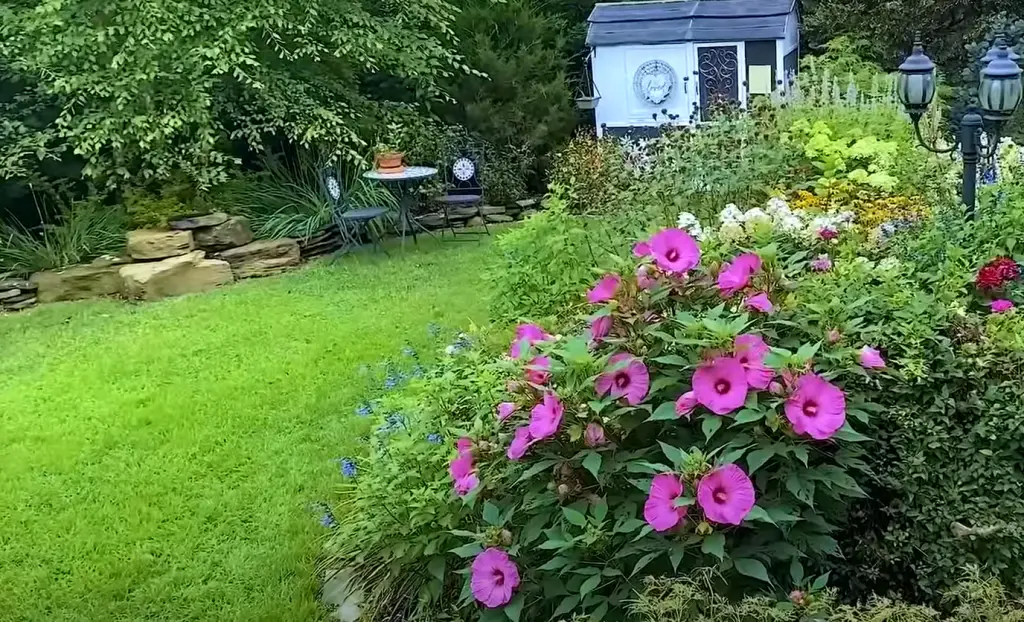
In addition to flowers, some animals might also eat other parts of the plant such as stems, leaves, and even roots. Rabbits and deer are particularly fond of munching away at leafy greens like lettuce or kale. They can also reach high up into treetops for tasty treats like fruit or nuts. And don’t forget those pesky squirrels who are always after birdseed in your garden!
No matter what type of animal is eating away at your plants, it’s important to make sure they’re not causing too much damage.
Consider using a fence or other deterrents such as motion-activated sprinklers to keep animals out and your plants safe.It’s also important to understand what types of plants are attractive to animals. Generally, flowers that produce nectar and have bright colors are most appealing. You should also be aware of which plants are poisonous or toxic for some creatures, such as foxglove or daffodils for deer. By understanding the signs of animal activity and establishing proper protective measures, you can ensure that your garden remains healthy and vibrant for years to come!
Useful Video: How to Keep Animals from Eating Flowers and Vegetables
Conclusion
In conclusion, there are many animals that eat flowers in the garden. While some of these can be beneficial to your plants, others can cause significant damage. To protect your garden from flower-eating critters, it is important to take necessary precautions such as using fences and other deterrents. Knowing which animals are the culprits in your area can help you stay one step ahead and make sure that your garden remains healthy. With a little bit of effort and knowledge, you can enjoy a beautiful garden with plenty of blooming flowers for years to come! Happy gardening!
References:
- https://wildlifeboss.com/what-animals-eat-flowers/
- https://gardenbenchtop.com/what-animals-eat-flowering-plants/
- https://wildexplained.com/what-animals-eat-flowers/
- https://www.petalrepublic.com/what-types-of-animals-eat-wildflowers/










Leave a Reply
View Comments